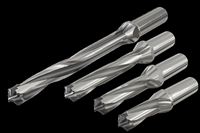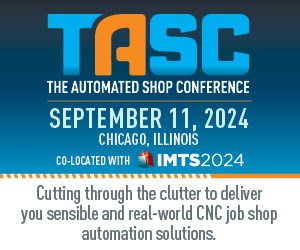This episode is brought to you by Husky, Melt to Mold Precision.
The use of complex resins continues to trend in our industry. For instance, bioresins have become an increasingly popular alternative to the traditional petroleum-based resins used in the injection molding process but pose several challenges for molders. It takes the right combination of knowledge, experience and technology to succeed. In this video, Husky’s Sheldon Alexander discusses using bioresins and post-consumer recycled materials and focuses on their impact on hot runners and the overall injection molding process.
About Sheldon:

Sheldon is a hot runners and controllers business manager at Husky. He has over 20 years of global industry experience, traveling the world to help optimize injection molding applications for customers in over 40 countries. He has experience managing highly skilled teams in quality assurance and aftermarket support. Sheldon also holds several patents in the industry with specific expertise in hot runners.
Chapters:
0:00 Introduction
0:23 How does PCR usage affect hot runner maintenance?
1:00 What has Husky's experience been with poly carbonite?
2:24 High temperature or corrosive resins
3:06 Bio-resin uses
3:30 Hot runner considerations when working with bio-resins
This episode is brought to you by Husky, Melt to Mold Precision.
Related Content
-
Laser Welding Versus Micro Welding
The latest battle in finely detailed restoration/repair of mold materials.
-
Moldmakers Deserve a Total Production Solution
Stability, spindle speed and software are essential consideration for your moldmaking machine tool.
-
Machining Center Spindles: What You Need to Know
Why and how to research spindle technology before purchasing a machining center.
















